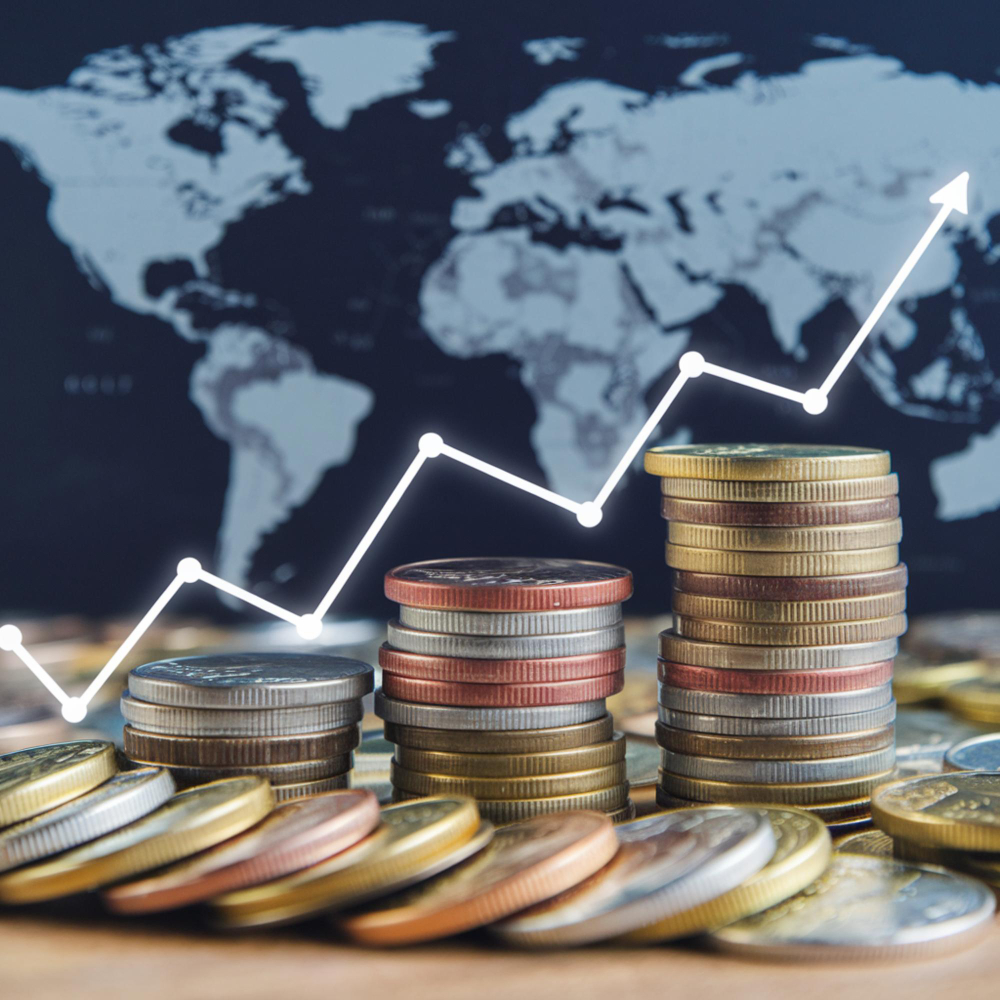
Basic knowledge: Economy
Objective:
Learners acquire fundamental knowledge about a basic topic in economics and understand its significance for economic processes and decisions.
Content and methods:
The worksheet provides an introduction to the topic. Learners work through the content using illustrative examples and interactive tasks. Reflection questions and tick boxes promote understanding and the application of what has been learned.
Competencies:
- Understanding basic economic terms and concepts
- Promoting analytical thinking through systematic categorization of goods
Target group and level:
From grade 8
98 other teachers use this template
Target group and level
From grade 8
Subjects
Basic knowledge: Economy

Introduction
This worksheet provides fundamental information about the different types of goods.
Types of Goods: An Overview
In economics, anything that can satisfy human needs is called a "good." Goods include various items from food and clothing to services like haircuts or train rides. Goods differ depending on their usage, availability, and whether they are freely accessible or scarce. A meaningful classification of types of goods helps better understand economic processes and make informed decisions.
Goods can first be divided into two large groups: economic goods and free goods. Free goods are available in nature without limits and cost nothing, like air or sunlight. These goods are generally accessible and can be used without any payment. Economic goods, on the other hand, are scarce, meaning they are not available in unlimited quantities and have a price. Most everyday goods belong to the category of economic goods as they need to be produced or delivered, such as food, furniture, or medical treatment.
Another classification is between consumer goods and capital goods. Consumer goods are directly used by people, such as clothing or a smartphone. Capital goods, however, are needed to produce other goods, like machines or raw materials. Capital goods are part of the production process and enable the creation of consumer goods that are then available to people.
An important distinction is also made based on the use of goods. Here, we differentiate between durable goods and non-durable goods. Durable goods can be used repeatedly over a long period, like a car or furniture. Non-durable goods, on the other hand, are consumed when used, like food or gasoline. Once non-durable goods are used, they need to be replaced.
Additionally, we distinguish between tangible and intangible goods. Tangible goods are items that can be touched, like a book or a bicycle. Intangible goods, however, are not physical and include services or rights, such as medical treatment or the right to use a song.
Why is this distinction important? For the economy, the classification of goods is crucial because different types of goods need to be treated differently. Capital goods, for example, usually involve higher costs and longer production times compared to consumer goods. Non-durable goods need to be constantly reproduced, while durable goods are used over a longer period. For businesses planning how many goods to produce and sell, and for the government ensuring the provision and supply for the population, these distinctions are very important.
The various types of goods play a fundamental role in the economy and daily life. They help us better understand the production, consumption, and use of resources and sensibly allocate resources to best meet people's needs.